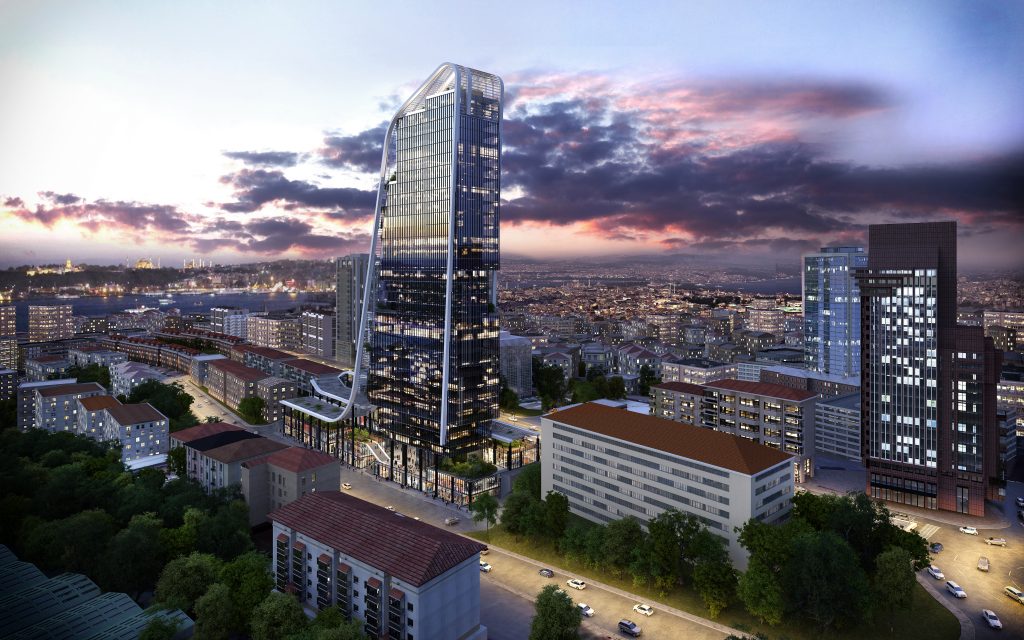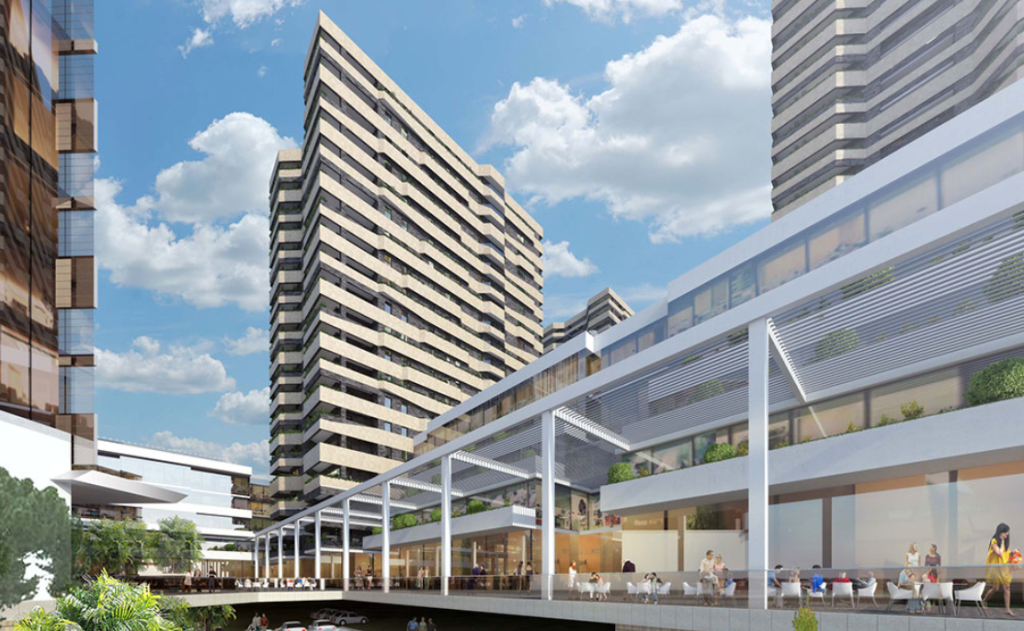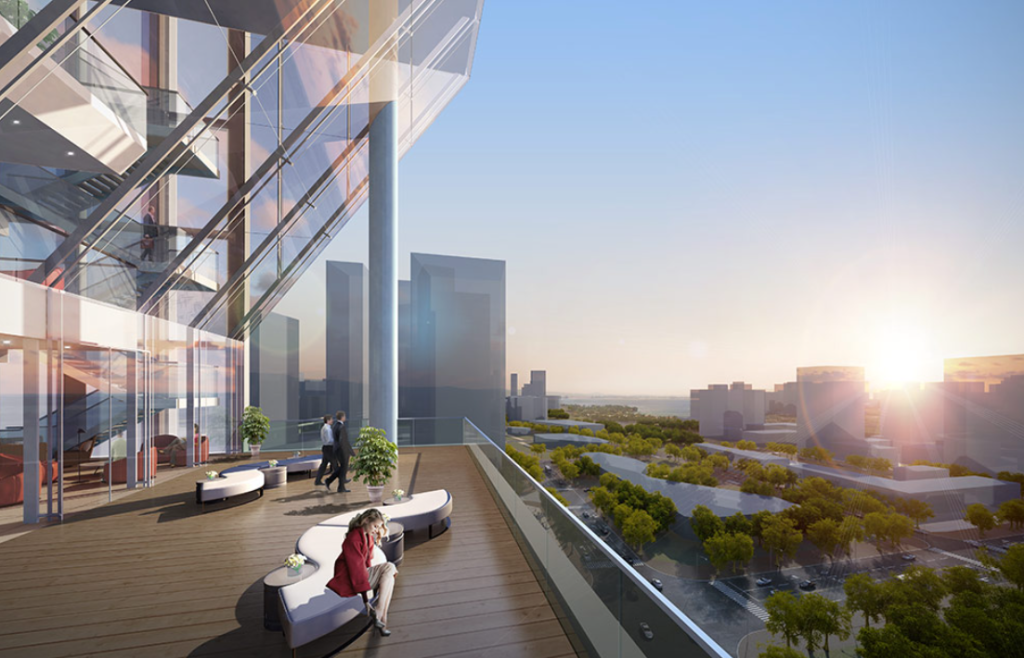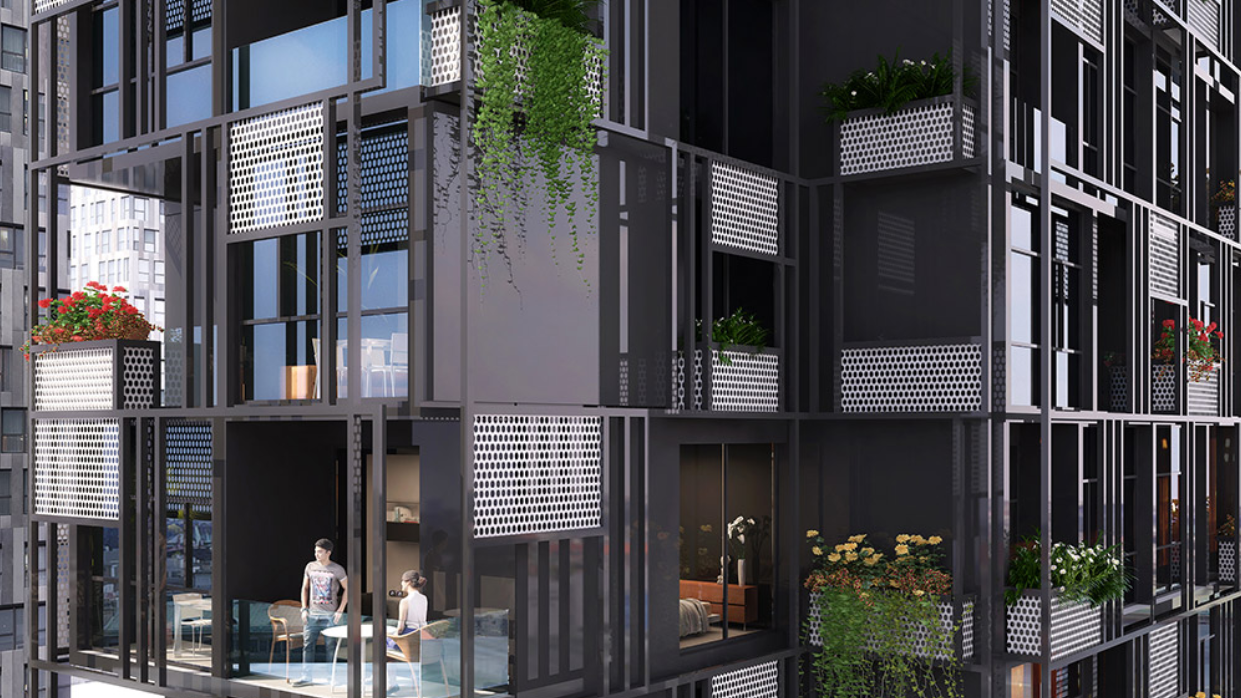Estimated reading time: 5 min
Over the last few decades there has been a substantial increase in inner city populations, whether it be for a purpose such as being closer to work, either in the form of increased opportunities or just a shortened commute to a pre existing role, or for reasons such as access to a diverse social network or activities. Thus, in an era defined by rapid urbanisation, coupled with the ongoing drive for sustainable and adaptable architecture to meet the needs just mentioned and more, mixed-use developments have emerged as a pivotal solution to reshape urban landscapes around the world. These developments, characterised by their fusion of residential, commercial, and recreational spaces, represent a profound shift in urban design thinking. The integration of diverse functions within a single complex offers a promising path to the creation of more lively, walkable, and interconnected communities. But what is behind the rise in mixed-use developments and what makes them such a desirable approach for architects designing urban communities?
These developments are a response to the limitations of traditional zoning practices that previously separated residential, commercial, and recreational areas. Prior to the mainstream conceptualisation of mixed-use developments, urban environments were sterile, compartmentalised landscapes which often resulted in sprawling suburbs, traffic congestion, and a lack of meaningful community interaction. The mixed-use concept recognizes that these problems can be addressed by co-locating these functions, thus promoting more sustainable and dynamic urban environments. Of course, it is worth noting that mixed-use developments, while offering numerous benefits, are not without their challenges. Balancing the interests of residents, businesses, and the public requires thoughtful urban planning. Managing traffic, parking, and the potential for gentrification necessitates careful consideration. Read on to find out how RMJM is creating idealistic mixed-use developments that are catering to the needs of urban communities both of the present and of the future. Barbaros Boulevard Development, Istanbul, Turkey
Barbaros Boulevard Development, Istanbul, Turkey
The hallmark of mixed-use developments is the seamless blending of residential, commercial, and recreational spaces. This diversity nurtures a vibrant, round-the-clock community, encouraging residents, workers, and visitors to engage in everyday activities within the same neighbourhood. RMJM was commissioned to create a new development on the west gate of the city of Ankara called Mahall Ankara which is a prime example of this in practice. The brief for the project called for the recreation of a small city that reflects the local values and lifestyle, alongside the Anatolian culture. RMJM responded to the brief, not with a masterplan that simply positions the buildings and the functions in the right place, but with a mini urban plan that evolves organically and caters for pedestrians as a city would- a central tenet of mixed-use developments. The layout prioritises well-connected streets, sidewalks, and public spaces, fostering a walkable environment that enhances social interaction while also reducing dependency on automobiles and contributing to a greener urban footprint.
Furthermore, the mix of usage allows for daytime office goers to share the space with nighttime residents, meaning the central heart will benefit from a 24 hour clientele and allowing it to be active at all times of the day. This structure encourages a ‘Live Work Play’ type lifestyle which in turn will help make the development into one of the most desirable mixed use developments in the city for both potential residents and businesses alike- boosting economic activity. In Mahall Ankara and other mixed-use developments like it, local entrepreneurs, artists, and professionals can find opportunities to thrive within these versatile neighbourhoods. And at the same time, residents benefit from the convenience of having essential services, retail, and dining options within easy reach. Mahall Ankara, Ankara, Turkey
Mahall Ankara, Ankara, Turkey
RMJM RED’s Gionee Technology Building project in Shenzhen, China, is another example of different components coming together to create an optimised user experience and built environment. This ambitious project is a hospitality development with retail on the Ground and lower levels. Contrary to the Architectural Brutalism of the surroundings with which the site connects, the project creates a human scale retail “neighbourhood” that is inviting and easily accessible. Building designs within mixed-use developments often emphasise human-scale proportions in order to create an environment that feels welcoming and accessible. This approach encourages a strong sense of place and identity, which, in turn, fosters community attachment.
Furthermore, there is a shared connection and functional relationship between the project’s various components, as well as with the neighbouring hotel. When diverse groups of people are given the opportunity to live, work, and play in the same area, social interaction flourishes. The chance encounters in public spaces, cafes, and parks lead to stronger community bonds. Not just seen with the Gionee Technology Building project but across many mixed-use developments, it is generally seen as crucial to create a supportive environment for spontaneous, informal interactions in order to enrich urban communities. Gionee Technology Building, Shenzhen, China
Gionee Technology Building, Shenzhen, China
Mixed-use developments represent a reimagining of urban living and are fast becoming an integral part of our cities. These vibrant, walkable communities, where people live, work, and play in harmony, offer a compelling vision for the future. The integration of all these different components reduces the need for long commutes, decreasing greenhouse gas emissions, while the integration of shared resources further lessens the environmental impact.
Moreover, mixed-use developments demonstrate that the synergy of design, diversity, and community can reshape our urban landscapes and create sustainable, thriving environments for all. The mixed-use model isn’t just about the buildings; it’s about the people and the communities they can create together. In embracing this concept, we can look forward to a more connected, dynamic, and inclusive urban future.


